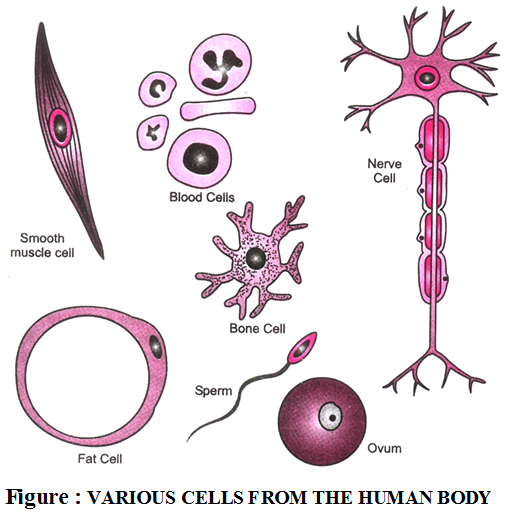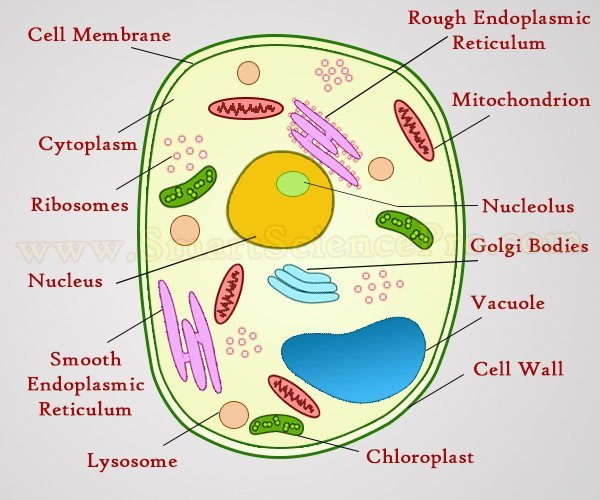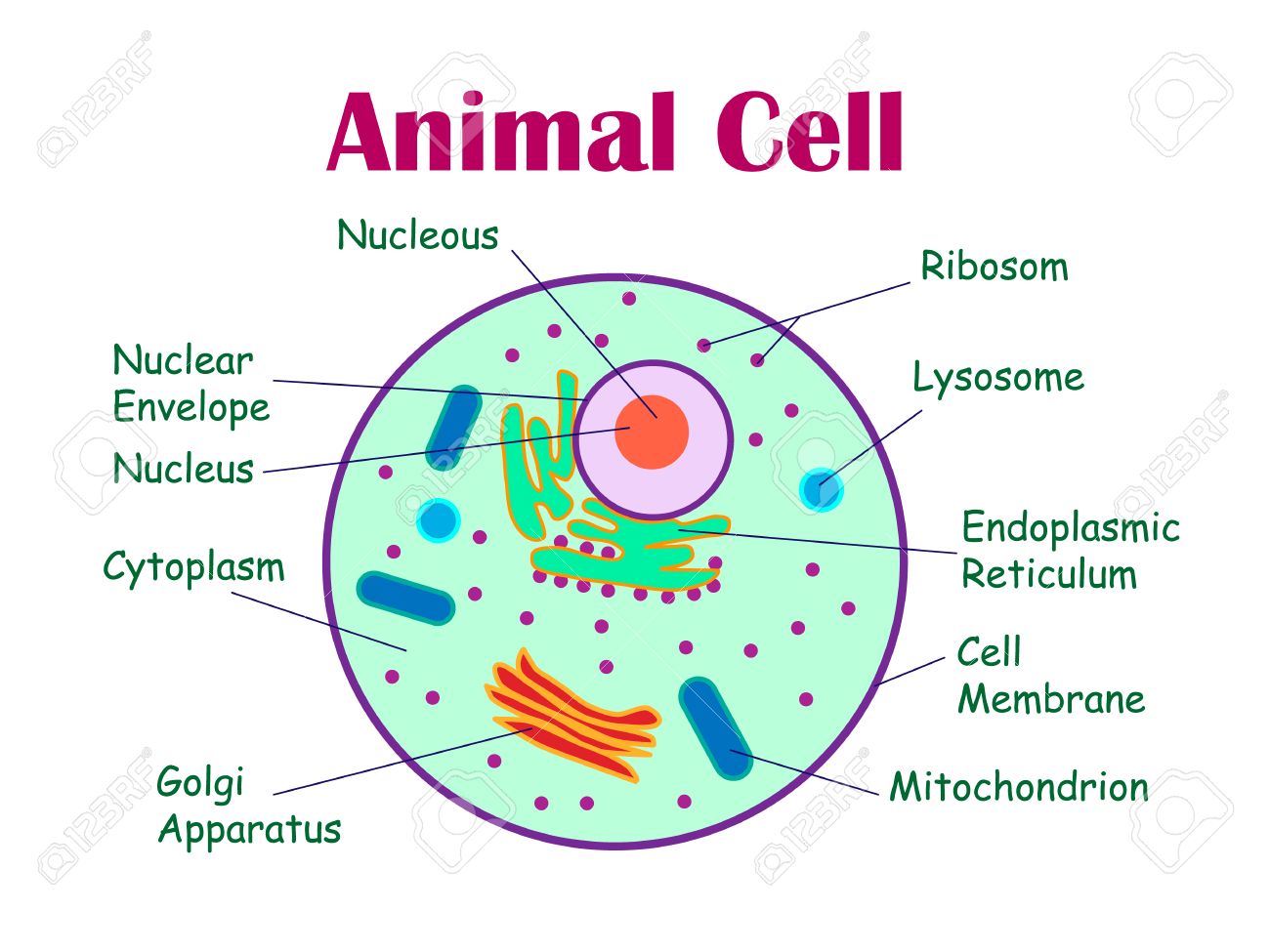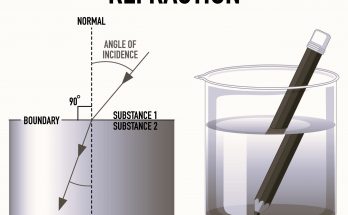Cell was Discovered by Robert Hook
Cell Theory
In 1838 German biologist Mathias Schleiden and Theodor Schwann put forward the cell theory of life
- Cell is a mass of Protoplasm containing a nucleus and bounded by a cell membrane and in many cases by a cell wall All living things are made up of cells. Cells are basic structural units of Living Organism; they are complex living structure. Read More About Cell Theory………
Unicellular and multicellular organisms
The cell is the and structural unit of every living being according to the number of cells it is divided into
Unicellular organisms
Multicellular organisms
Unicellular organisms—
- Organism which are made up of single cell are called as Unicellular organisms.
Organisms such as amoeba, Paramecium, euglena, bacteria, archae are unicellular. Some Protista and fungi are also unicellular. Read More About Unicellular and Multicellular Organisms……..
Shape and size of cell
Cells come in multitude of shapes and sizes. The shape of a cell depends on the job it performs.

Examples of Cells with their Shape and Function
- Skin cells—Flat— They are protective cover of the body the flat shape helps them to cover a large area. Read More About Shape And Size Of The Cell………..
Structure of the cell

The cell is a tiny sac bounded by thin skin or membrane. It is filled with a semifluid substance call the cytoplasm.
Tiny living bodies called organelles lie suspended in the cytoplasm.
The basic components of the cell are
- Cytoplasm
- Cell membrane
- Nucleus
- Organelles
Cytoplasm
The word cytoplasm came from
kytos– means Hollow
plasma— means liquid
Also Check – Structure of the cell
Animal cells

Let’s begin with the components of the animal cells:-
Cell membrane
A cell is always surrounded by a thin membrane called plasma membrane.
The membrane has the following functions:-
- It encloses the various cell structure and cytoplasm.
- It gives definite shape to the cell.
- It regulates the movement of substance into and from the cell. Only certain substances are allowed to enter or leave the cell so the membrane is selectively permeable membrane.
#Selectively permeable means something which is permeable allows material to pass in and out of it freely.
Nucleus
- The the most important organelle which controls all the vital activities of a cell is the nucleus.
- It may be spherical or oval.
- It is enclosed by a membrane called nuclear membrane filled with nucleoplasm.
- It contains thread like structures arranged in a network called the chromatin
- At the time of cell division chromatin threads get called become shorter and thicker forming chromosomes, each of which carries large number of genes.

